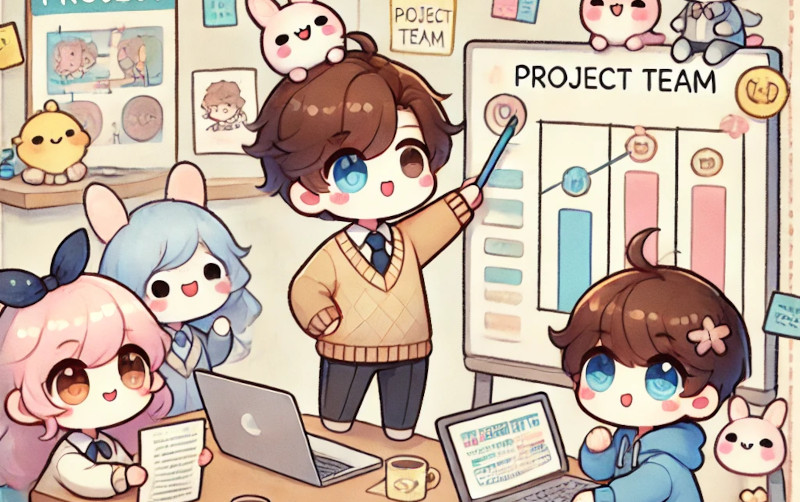
Midboarding
Something is off… The project is moving forward and making decent progress. People are showing up, doing their bit, and dealing with the daily grind. But lately, something feels off. The pace feels frantic, deadlines are looming, and you can sense the tension hanging in the air. People aren’t really clicking like they used to. Conversations are shorter, more strained. Meetings, once productive, have turned into passive-aggressive exchanges. People take jabs at each other—small, seemingly harmless comments that sting just a bit too much. There’s more whining than problem-solving, and it feels like every task is harder than it should be. You find yourself frustrated, noticing the troubling signs everywhere. Enthusiasm has been replaced with a sense of “just get through it.” And sure, things are still moving—but are they moving in the right direction? Midboarding Midboarding should take place every six months. The objectives are similar to onboarding but adjusted to the realities of having worked together for half a year. The goal is to ensure clarity on: Rather than repeating the onboarding process, midboarding takes the lessons learned over the past six months and bakes them into a refreshed approach. By now, you’ve had time to observe your




